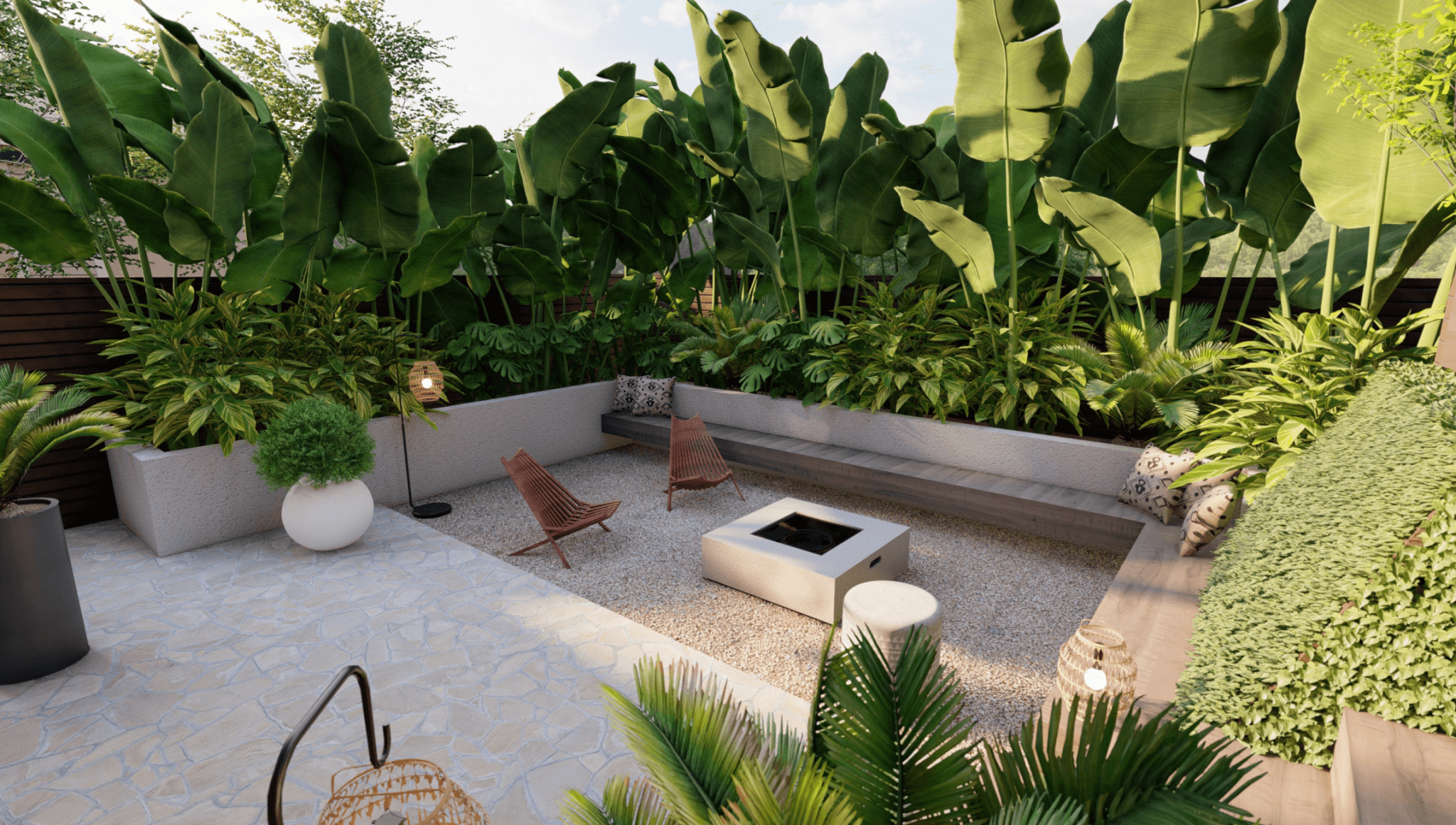Did you know that the landscaping services market is predicted to reach $573.67 billion by 2033? This is because people are realizing the importance of having a well-designed outdoor space.
A beautifully landscaped yard adds value to your property. It also provides a peaceful and enjoyable environment for you to relax in. But, planning a landscape installation project can be overwhelming and stressful if you don’t know where to start.
In this guide, we will walk you through the process of planning your landscape project for maximum impact. Read on to learn some essential tips and tricks to make your outdoor space stand out.
Analyze Your Space
The first step in planning your landscape project is to analyze your space. Take a walk around your yard and observe the current state of your outdoor area. Consider its size, shape, existing features, and potential challenges such as uneven terrain or poor drainage.
Make sure to note down any areas that get more sunlight or shade than others. This will help you determine which plants will thrive in certain areas.
It’s also essential to consider the purpose of your outdoor space. Knowing the primary use of your yard will help you decide on the design and features.
Set a Budget
Before starting any project, it’s essential to determine how much you are willing to spend. Setting a budget will help guide your decisions and keep your expenditures in check. It’s also crucial to allocate some extra funds for unexpected expenses.
Research the average costs of materials, labor, and other services in your area. This is to get an idea of what to expect. It’s also essential to prioritize your wants and needs to stay within your budget.
Make sure to also consider the long-term costs of maintenance for your landscape design. Some plants or features may require more upkeep, so it’s important to factor that into your budget as well.
Create a Design
With your space analyzed and budget set, it’s time to start creating your landscape design. Here are some garden design tips to help you create an impactful design:
Start With the Focal Point
A focal point that captures the eye and adds visual interest is a feature of every outstanding landscape design. This might be a sculpture, a water feature, or even a gorgeous tree. Select an item that is both stylish and eye-catching.
Use Elements of Contrast and Balance
Contrast and balance are essential elements in any landscape design. Use a mix of colors, textures, and sizes to create contrast and add visual interest. Make sure to balance out the different elements to achieve a harmonious look.
Incorporate Hardscaping Features
Hardscaping features, such as pathways, patios, or retaining walls, can add structure and functionality to your outdoor space. They also help create a seamless transition between different areas of your yard. Consider using materials that complement your home’s architecture and the overall design of your landscape.
Choose Plants Wisely
Selecting the right plants is crucial in creating a visually appealing landscape. Here are some tips to keep in mind:
Consider the Climate
Choose plants that are suitable for your climate and growing zone. This will ensure that they thrive in your outdoor space and require less maintenance.
Think About Maintenance
When choosing plants, consider how much time and effort you are willing to put into their upkeep. If you don’t have a green thumb, opt for low-maintenance plants that still add beauty to your landscape.
Layer Different Plants
Layering different types of plants creates depth and adds visual interest to your landscape design. Consider using a mix of flowers, shrubs, and trees to create layers and add dimension.
Pay Attention to Plant Height and Spread
It’s essential to consider the mature height and spread of the plants you choose. This will help prevent overcrowding and ensure that each plant has enough space to flourish. Group taller plants towards the back or center of a bed, with shorter plants at the front to create visual layers.
Opt for Native Species
Choosing native plants can significantly benefit your landscape. They are more resilient to local pests and diseases, require less water, and provide habitat for local wildlife. Native plants can contribute to a sustainable landscape while showcasing the beauty of your region’s natural flora.
Don’t Forget Lighting
Lighting is often overlooked but can make a significant impact on your landscape design. Outdoor lighting adds ambiance and allows you to enjoy your space at night. It also provides safety and security.
Consider using a mix of different types of lighting, such as:
- path lights
- spotlight lights
- lanterns
- string lights
Place them strategically to highlight specific features and create a warm and inviting atmosphere. This will also extend the use of your outdoor space into the evening hours.
Hire a Professional
While planning and designing your landscape project on your own can be rewarding, hiring a professional can save you time, money, and stress. A professional landscaper has the knowledge and expertise to create a cohesive design that suits your needs and budget. They also have access to resources and materials that may not be available to the general public.
In addition, they can also provide professional landscape advice on plant selection, proper placement, and lawn care. They can also handle any potential challenges or roadblocks that may arise during the installation process.
Be sure to do your research and hire a reputable and experienced landscaper for the best results. You can also ask for recommendations from friends and family or check online reviews before making a decision.
Landscape Installation: Transforming Your Outdoor Space
A well-planned landscape installation project can transform your outdoor space and add value to your property. Use the tips above to create a design that maximizes impact and suits your budget and needs.
And if you need help along the way, don’t hesitate to hire a professional for expert guidance. With proper planning, your landscape project will be a beautiful addition to your home for years to come. So start planning and get ready to enjoy your stunning outdoor oasis!




